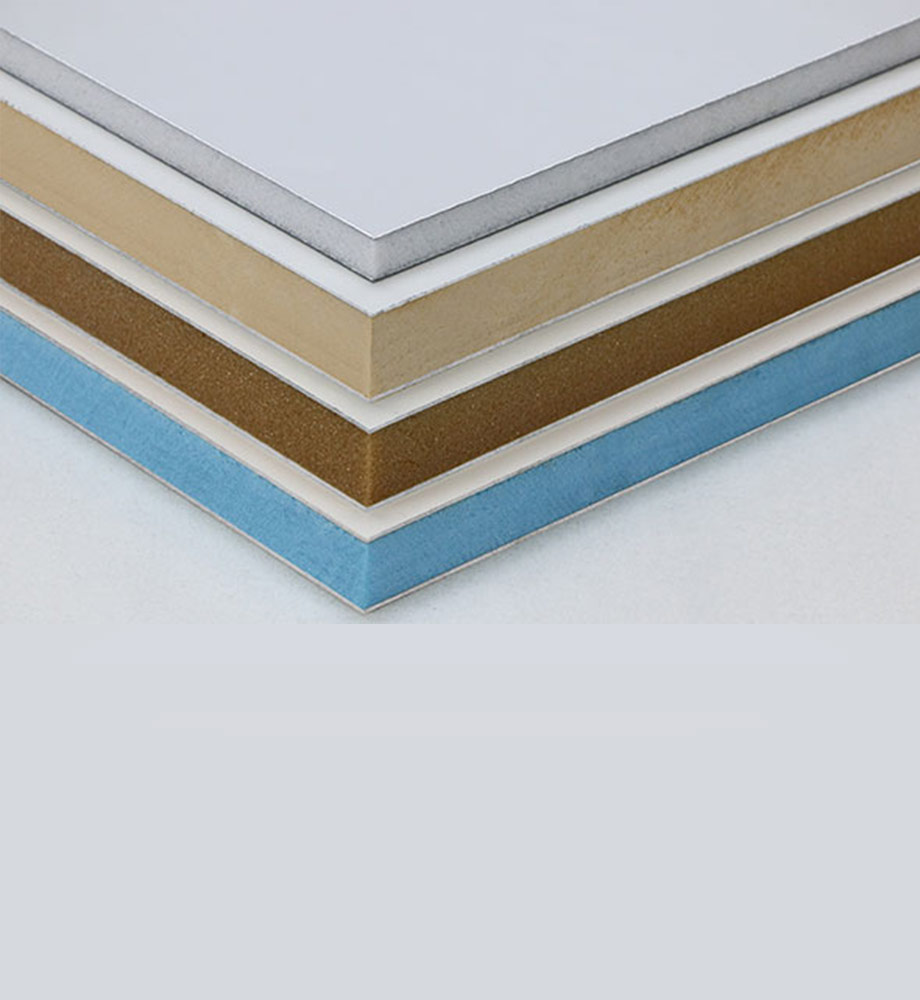Key Features
- Sandwich Construction: Thin strong skins laminate bonded to closed-cell foam core creates a panel much stiffer than a single-skin laminate.
- High Strength-to-Weight: Panel can support loads far beyond its weight. “Sandwich core composites offer higher strength-to-weight ratios than solid composite laminates alone”.
- Thermal & Sound Insulation: Foam core adds insulating properties, reducing heat transfer and noise.
- Dimensional Stability: Resists warping over large surface areas; retains flatness.
Benefits
- Structural Efficiency: Significantly lighter than solid or metal panels while achieving similar load capacity.
- Design Freedom: Can fabricate large sheets up to 3–4 m wide, then cut or trim on site.
- Fire Performance: With appropriate foam and skin selection, panels meet stringent flame-spread ratings.
- Corrosion Resistance: Entire panel is non-metallic and resists moisture ingress.
Applications
- Transmitter and data center rooms (bulkheads, floors).
- Machine access floors, ceilings, and clean room walls.
- Rail car interiors and signs where weight saving is crucial.
- Solar panel support substrates (light and rigid).
Technical Specifications
- Skin Material: E-glass or carbon fibers in polyester, vinylester, or epoxy resin.
- Core Material: PMI (e.g. Rohacell), PVC, or PU foam (density 40–150 kg/m³).
- Panel Thickness: Typically 6–50 mm core; overall thickness 8–52 mm.
- Sizes: Common lengths up to 12 m, widths up to 2.4 m (laminating jig limits).
Unique Selling Points (USPs)
- Maximized Payload Efficiency: Foam panels excel when every kilogram matters (e.g. aerospace, transportation).
- No Core Crush: Closed-cell foam resists water absorption and crush, unlike honeycomb cores.
- Fast Fabrication: Pultruded foam panels can be rapidly cut and bonded on site.

